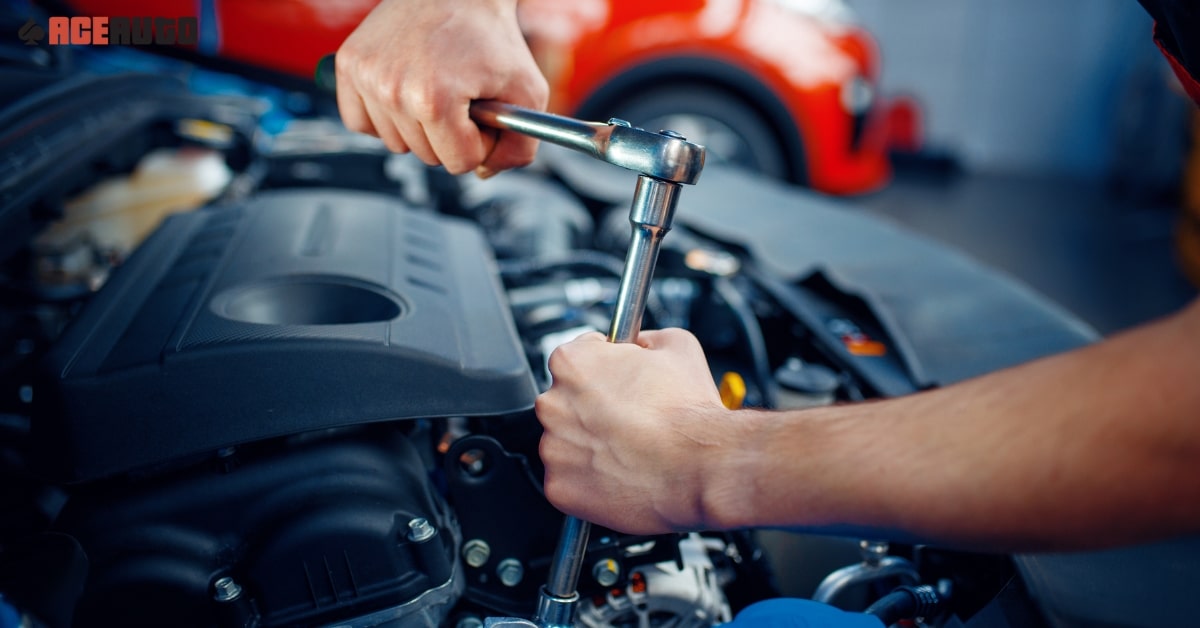All Categories
Featured

The check engine light (CEL) is among the most essential caution systems in your vehicle, yet it typically triggers complication or worry for many drivers. Recognizing what this light represents and how to handle it can save you time, money, and unnecessary anxiety. This guide gives an overview of what sets off the CEL, its possible effects, and the steps you must take when it lights up.
What Does the Check Engine Light Indicate? The CEL belongs to your cars and truck's onboard diagnostics system (OBD), which keeps an eye on engine efficiency and discharges. It lights up when the system spots a concern that needs your attention.
Solid Light: Signals a non-urgent issue but one that must be dealt with soon, such as a sensing unit malfunction or emissions-related concern. Blinking Light: Shows a critical problem like an engine misfire. Driving in this problem can create severe damages, so instant activity is needed. Usual Root Causes Of the Examine Engine Light. The CEL can light up for a wide variety of reasons, some minor and others a lot more serious. Right here are several of the most constant causes:

Loosened or Damaged Gas Cap:
A loose gas cap can endanger the gas system, triggering the CEL. Checking and tightening the cap is an easy very first step when the light begins. Faulty Oxygen Sensor:
This sensing unit keeps track of the air-to-fuel proportion in your engine. A malfunction can decrease fuel performance and boost emissions. Malfunctioning Catalytic Converter:
The catalytic converter helps in reducing dangerous exhaust discharges. Overlooking other engine issues, like misfires, can cause catalytic converter damage. Spark Plug or Ignition Coil Concerns:
These elements are vital for starting and running your engine smoothly. Routine maintenance can prevent wear and failing. Mass Air Flow Sensing Unit Troubles:
This sensing unit gauges the quantity of air going into the engine to make certain optimum efficiency. A filthy or faulty sensing unit can minimize performance and power. Steps to Take When the Inspect Engine Light Comes On. Check the Gas Cap:
See and tighten the cap if the light turns off after driving a couple of miles. Observe the Vehicle's Behavior:
Keep in mind any unusual symptoms like harsh idling, reduced power, or weird noises. Scan the Codes:
Make use of an OBD-II scanner to get difficulty codes kept in your auto's computer. Several vehicle parts stores use this solution free of charge. Go To a Technician:

If the light remains on or is flashing, take your automobile to an expert for a thorough medical diagnosis. Avoiding Inspect Engine Light Issues. Aggressive maintenance is the best means to prevent CEL troubles. Follow these pointers:
Stick to a Normal Upkeep Set Up: Modification your oil, change filters, and check ignition system on time. Inspect the Gas Cap: Replace damaged caps to stop leakages in the fuel system. Usage High Quality Gas: Poor-quality gasoline can add to sensor and emissions concerns. Why Prompt Activity Issues. Disregarding the CEL can result in a lot more serious issues, such as engine damage or pricey repair work. A small issue like a loosened gas cap can grow out of control right into a significant expense if ignored.
Verdict. The check engine light is an important tool for keeping your vehicle's wellness. By comprehending its objective and reacting quickly, you can prevent unnecessary repair services and keep your cars and truck running efficiently. The next time the CEL begins, keep in mind to remain tranquil, inspect the basics, and speak with an expert if needed.
Latest Posts
Unlock WyHy FCU – Top Benefits for Your Money Goals
Published May 19, 25
2 min read
Discover WyHy Federal Credit Union – Essential Perks for Your Money Goals
Published May 18, 25
1 min read
Seamless Aluminum Gutters: The Smart Selection for Your Home
Published May 17, 25
1 min read
More
Latest Posts
Unlock WyHy FCU – Top Benefits for Your Money Goals
Published May 19, 25
2 min read
Discover WyHy Federal Credit Union – Essential Perks for Your Money Goals
Published May 18, 25
1 min read
Seamless Aluminum Gutters: The Smart Selection for Your Home
Published May 17, 25
1 min read